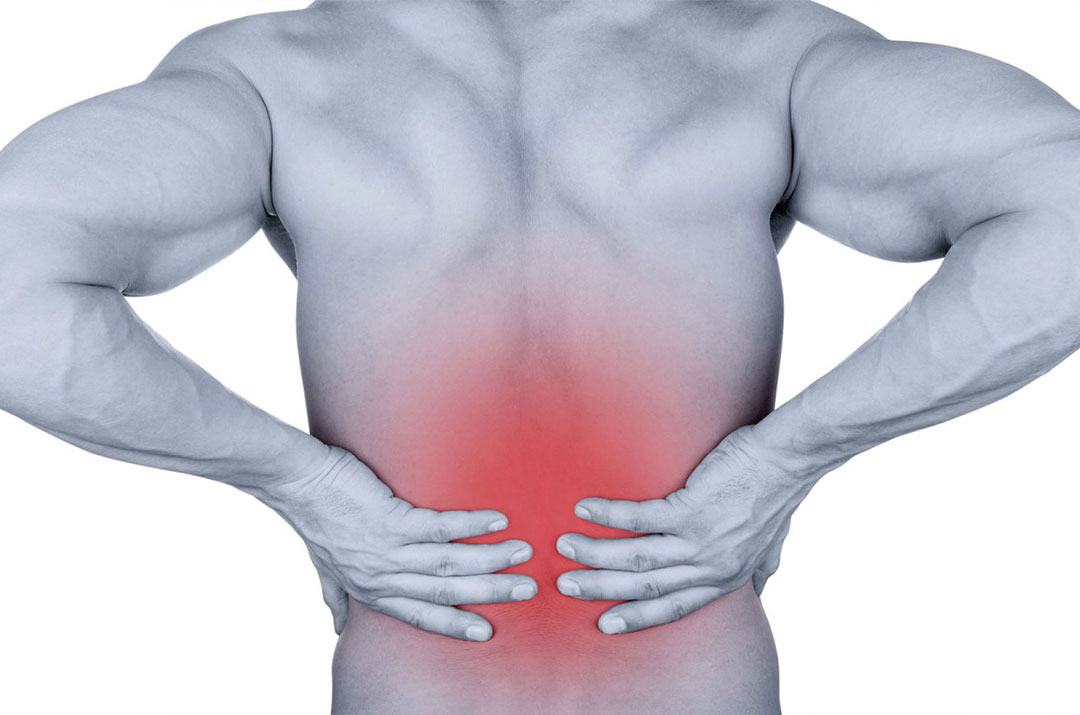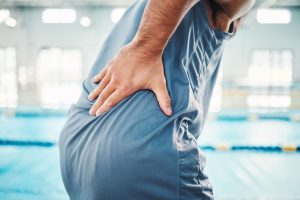
Lower body pain is a common issue among athletes, often resulting from intense training, repetitive movements, or injuries. Pain in areas such as the hips, thighs, knees, calves, or feet can significantly impact athletic performance and daily activities. Understanding the causes, recognizing symptoms early, and knowing the best treatment options are crucial for fast recovery and prevention of long-term damage. This article explores the top causes of lower body pain in athletes and offers practical advice to manage and prevent these issues.
The lower body comprises multiple structures including muscles, bones, joints, ligaments, and tendons. Athletes place high demands on these tissues, which increases the risk of pain and injury.

Muscle strains occur when fibers are overstretched or torn, often due to sudden movements or excessive load. Overuse injuries develop gradually from repetitive stress without adequate recovery.
Tendonitis refers to inflammation of tendons caused by repetitive motion or overload, while tendinopathy describes tendon degeneration without inflammation.
Ligaments provide joint stability but can be sprained or torn during sudden twists, collisions, or falls.
Stress fractures are tiny cracks in bones caused by repetitive impact, often seen in runners and jumping athletes.
Bursae are fluid-filled sacs that cushion joints. Inflammation from repetitive pressure or trauma can cause bursitis.
Early recognition of symptoms is key to preventing further damage and speeding up recovery.
Appropriate treatment depends on the injury type and severity but often includes a combination of rest, rehabilitation, and medical intervention.
Reducing or modifying physical activity prevents further injury and allows healing. Athletes should avoid activities that worsen pain while maintaining light movement to prevent stiffness.
Physical therapy strengthens muscles, improves flexibility, and restores joint function. Therapists use targeted exercises and manual therapy to support recovery.
Nonsteroidal anti-inflammatory drugs (NSAIDs) like ibuprofen help reduce pain and swelling. Ice therapy applied shortly after injury can also control inflammation.
Braces, compression sleeves, or orthotic inserts can provide joint stability and reduce stress during activity.
In cases of severe ligament tears, fractures, or persistent tendon ruptures, surgery may be required to restore function.
Prevention is always better than treatment. Athletes can minimize lower body pain by following these guidelines:
Gradually increasing activity intensity prepares muscles and joints for exercise and reduces injury risk.
Building balanced muscle strength and maintaining flexibility protect joints and improve athletic performance.
Wearing the right shoes and protective equipment reduces impact and stabilizes joints.
Ignoring pain can worsen injuries. Early rest and treatment help avoid long-term damage.
Proper nutrition supports tissue repair, and hydration prevents cramps and fatigue.
Athletes should consult a doctor or sports medicine specialist if they experience:
Lower body pain in athletes can stem from various causes, including muscle strains, ligament injuries, tendon issues, and bone stress. Early identification, proper treatment, and prevention strategies are essential to maintain peak performance and avoid chronic problems. By understanding the common causes and symptoms of lower body pain, athletes can take proactive steps to protect their bodies and enjoy a long, healthy athletic career.